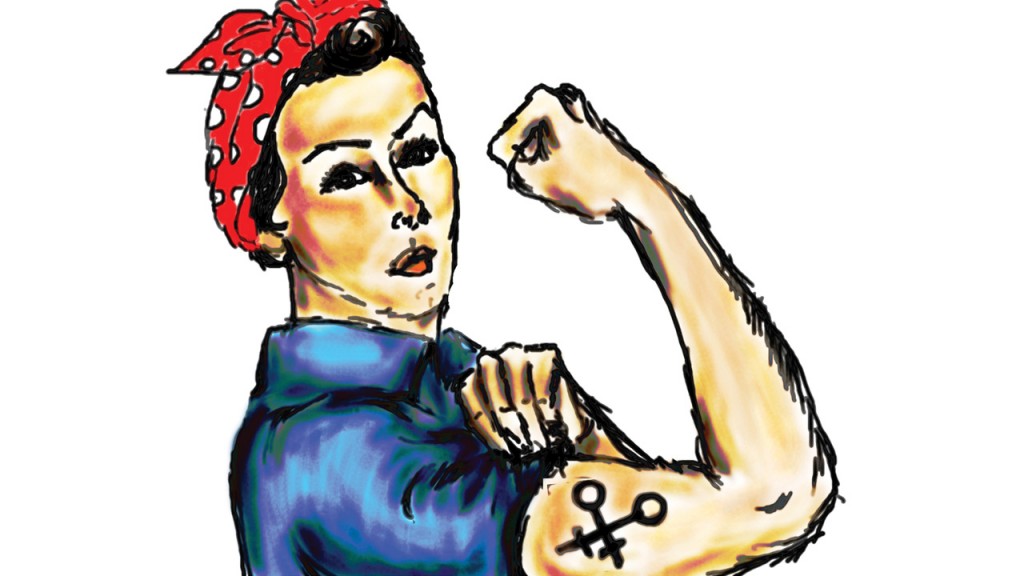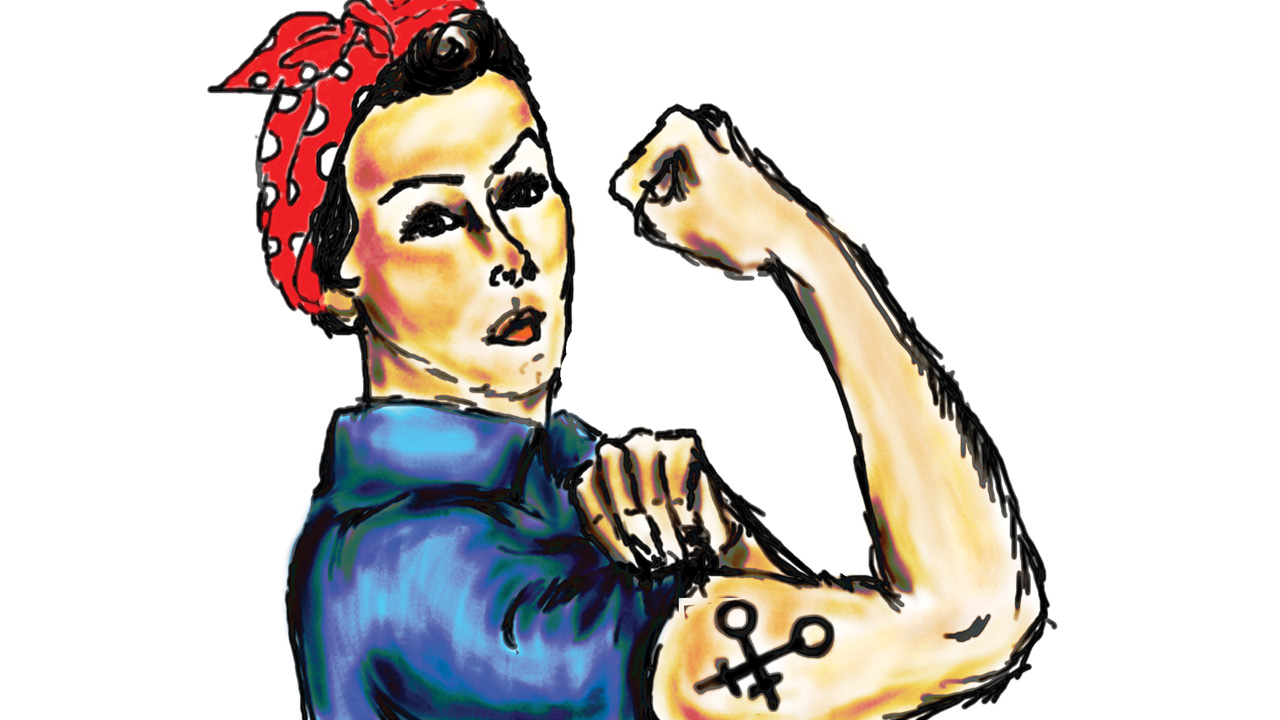
They say there are three rules young women must live by: one, never enter a party alone; two, never leave your drink unattended; and three, never follow a man you don’t trust.
But lying in that car, the one he’d led her to, there was simply nothing to be done; as she drifted in and out of consciousness, her pants were ripped off and boys from the party circled the vehicle, leering in and cheering as she was repeatedly raped. She knew some of their names, but the reality that they had no interest in helping washed over her in a cold wave of cruel realization. Months later, her transcribed ordeal was entrusted to our twelfth grade teacher, and shared with our class. It was unimaginably brutal, raw, terrifying and yet even this couldn’t stop the piercing, redundant whisper of, “How could she let this happen?”
Sexual assault is a crime no one thinks will happen to them, particularly in a university setting. So while the vast majority of tips and tools provided to any undergraduate are aimed more towards warding off shadowy villains of the night (rape whistles and foot patrol services), the chilling reality is that 73 per cent of sexual assaults, according to the Commission on Domestic and Sexual Violence, are perpetrated by someone the victim knows and, more disturbing yet, 40 per cent occur in the victim’s own home.
For many young females, these facts compose the basis for the standard rules of safety, repeated ad nauseam by well intentioned security officials. Not only are these rules unrealistic, they are also a source of great frustration and guilt. Often these tight parameters come back to haunt a victim of assault in a number of ways, particularly when large sects of society believe the failure to abide means at least partial culpability.
Of course, it’s clear that safety services, particularly at Laurier, don’t intend these warnings to qualify blame. While many of the pointers dictated on the website choose not to use an authoritative voice, and display a large, commendable disclaimer that even if these things do take place, “no one deserves to be assaulted.” The truth is that this message is often lost.
In reality, an entire demographic is totally neglected in rape prevention training: men. A number of independent individuals in Waterloo, after a series of posters were released, reminding women of ‘preventative measures,’ began their own brand that focused on encouraging men to avoid assaulting women. It was intended as tongue in cheek, but it carried a very real warning; if men aren’t taught that sexual assault is a complex topic, involving familiar faces, and often gentle rebuttals, universities and society at large will never be able to get this silent crisis under control.
Sadly, the instance I described above was never officially reported, just like 90 to 95 per cent of all university and college level sexual assaults. Why, you may ask? Many speculate victims feel they’d made a bad decision leading up to the trauma, and fear being publicly scrutinized because of this. A reservation that doesn’t seem so odd in light of “feminist” scholars like Camille Paglia advocating that date rape is the result of sending out mixed signals, or the Toronto police officer who advised women to “not dress like sluts” if they don’t want to be accosted. So, while one in five college females will be personally affected, only a small slice will choose to step forward, despite all the warnings and training provided to them.
Perhaps now’s the time we should refocus our approach, branch out and educate all people, which means mitigating victim shaming. Then, maybe one day a whole generation of girls and women, sitting in our classrooms, can finally be told unequivocally that this isn’t just their burden to carry.




